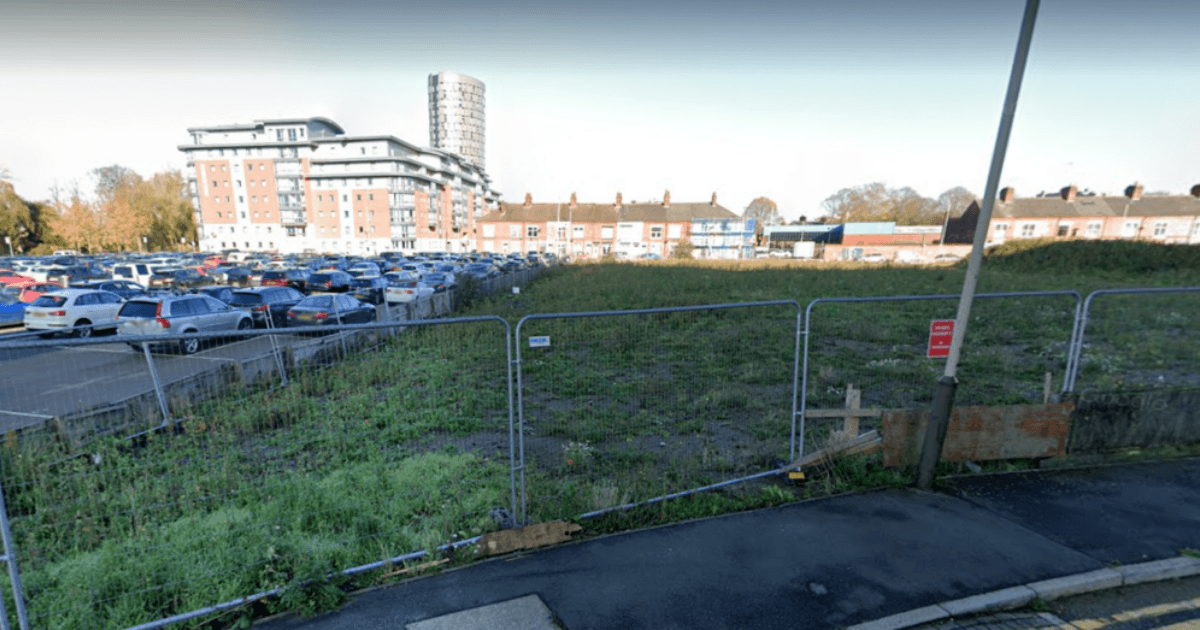WHAT was once a rocking, vibrant Premier League football stadium is now a rocky, overgrown abandoned field.
And the last person to score a goal there believes the miserable state of this iconic former ground is a “travesty”.
A former Premier League stadium is now this abandoned field
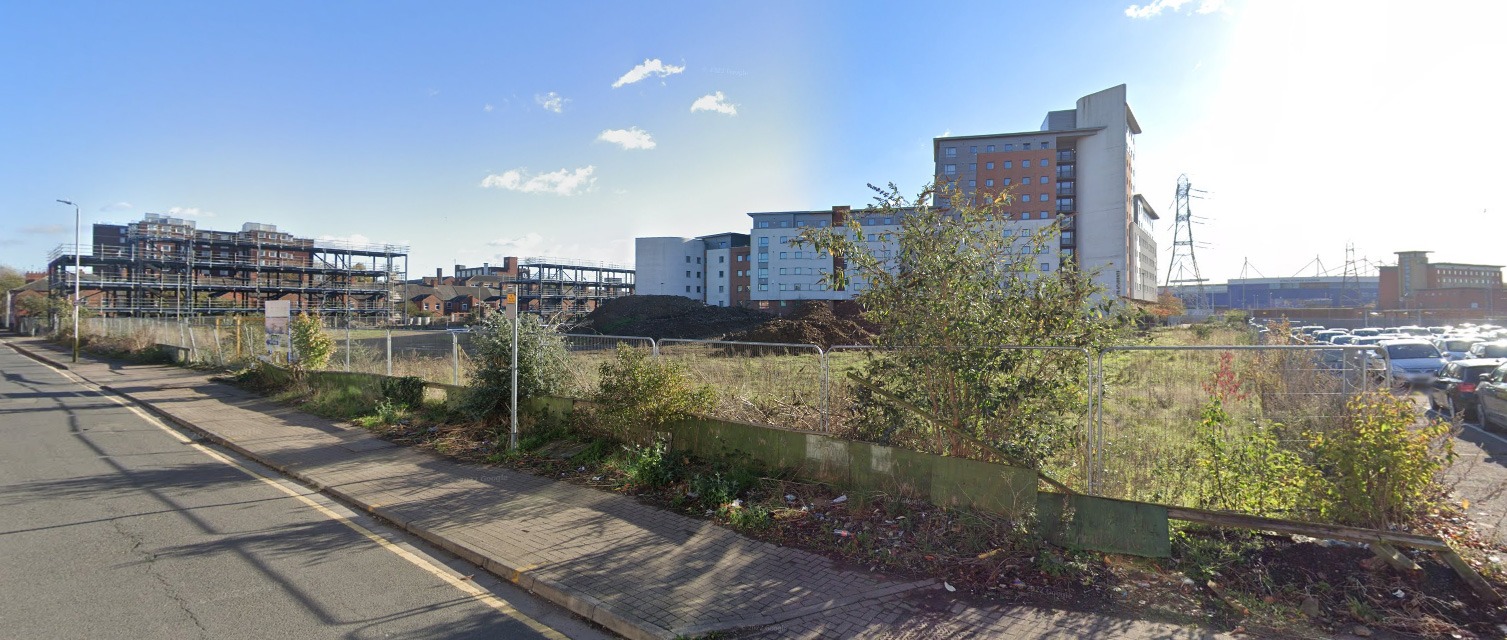
The mess is just a stone’s throw from the club’s current stadium
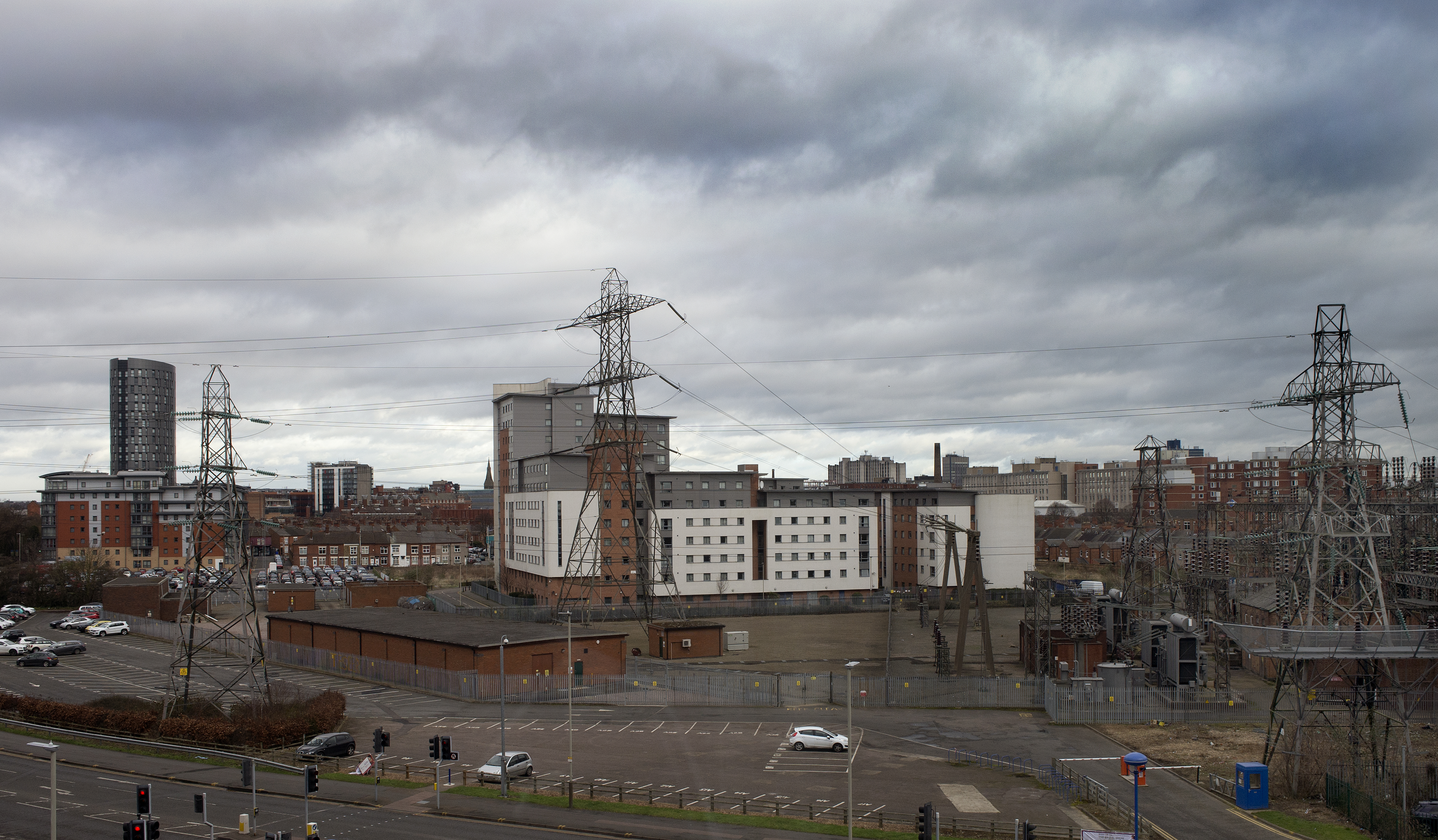
A block of university flats went up but little else
Rather than stands packed out with jubilant supporters roaring their team on, instead lies a forgotten patch of land.
Sandwiched between an open-air car park and De Montfort University accommodation, the pitch is a wild, weedy mess surrounded by metal fences and walls covered in graffiti – one a relatively recent addition wishing the team well in Europe.
Reports in 2019 suggested the demolished and derelict stadium plot, sold to developers for £3.75million, could finally be reinvigorated with a large complex of flats and houses – but there remains no progress.
And ex-winger and academy graduate Matt Piper is calling for something to be done at his former stomping ground, Leicester City’s Filbert Street.
Piper told SunSport: “It’s a travesty. I had hope for it when they built the student accommodation there and then I thought they would do something with the rest of the derelict car park.
“It’s just not a nice place around there and there should be some kind of memorial for Filbert Street.
“I’m gutted about all that and hopefully one day something will get unveiled there – I’m not so prosaic for it to be something about the last goal!
“But it would be nice to have a memory there to remind the Leicester fans about Filbert Street.”
The stadium played host to the Foxes for 111 years, from 1891 to 2002, before they moved a couple of hundred metres south on the River Soar to the 32,000-seater King Power Stadium.
In 1928, the ground welcomed a record 47,298 for a 3-0 FA Cup away win for Tottenham, although the capacity dropped to 22,000 by the time of its closure.
During World War II, it was damaged by Nazi bombs and then by fire – with many of the repairs done by German prisoners of war.
But even so, despite the raucous atmosphere in the ‘Double Decker’ stand, former manager Martin O’Neill joked he would take prospective new signings in through the back door to avoid them seeing the crumbling East Stand.
Filbert Street saw Leicester win 10-0 against Portsmouth in 1928 and draw 6-6 with Arsenal two years later in a pair of staggering results.
The pitch also survived the record winter of 1962-63, with Leicester emerging as the Ice Kings as English football was largely wiped out for three months, plus Gordon Banks once made a diving save to catch a DOG in 1965.
But it was the 3-3 stalemate with the Gunners in 1997 that lives long in the memory for Piper for more than one reason – with a stunning Dennis Bergkamp hat-trick and four goals in the final six minutes, including three in injury time.
Piper added: “Filbert Street holds amazing memories, I first went down when I was six.
“I always dreamt of being out there and pulling on that Foxes shirt. I would sit with the Foxy Ladies cheerleaders and the other apprentices – I grew up with wicked memories of Filbert Street.
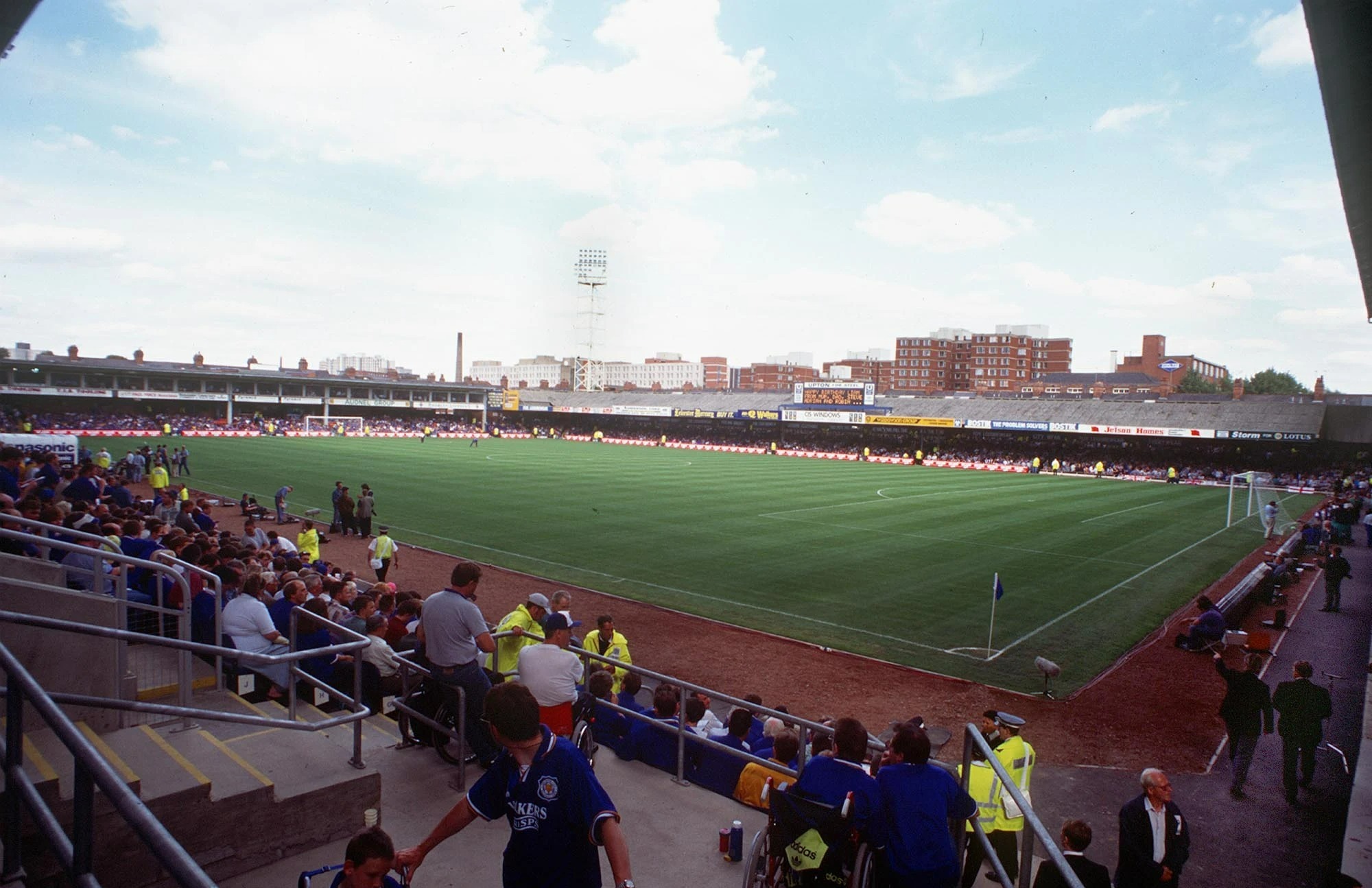 Filbert Street was home to Leicester for 111 years until 2002
Filbert Street was home to Leicester for 111 years until 2002
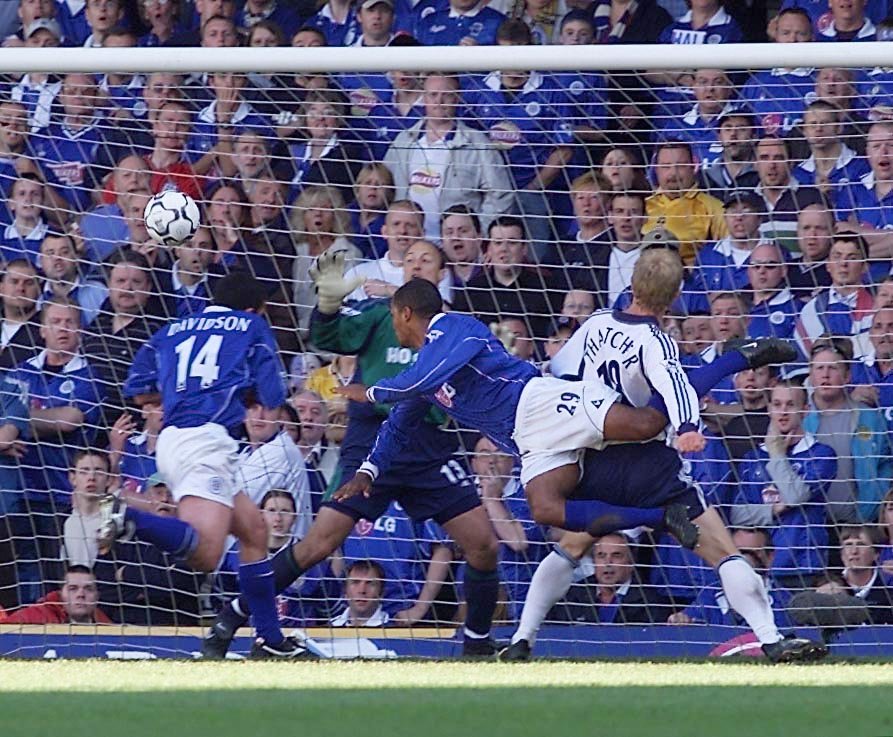
Matt Piper scored the final goal at Filbert Street
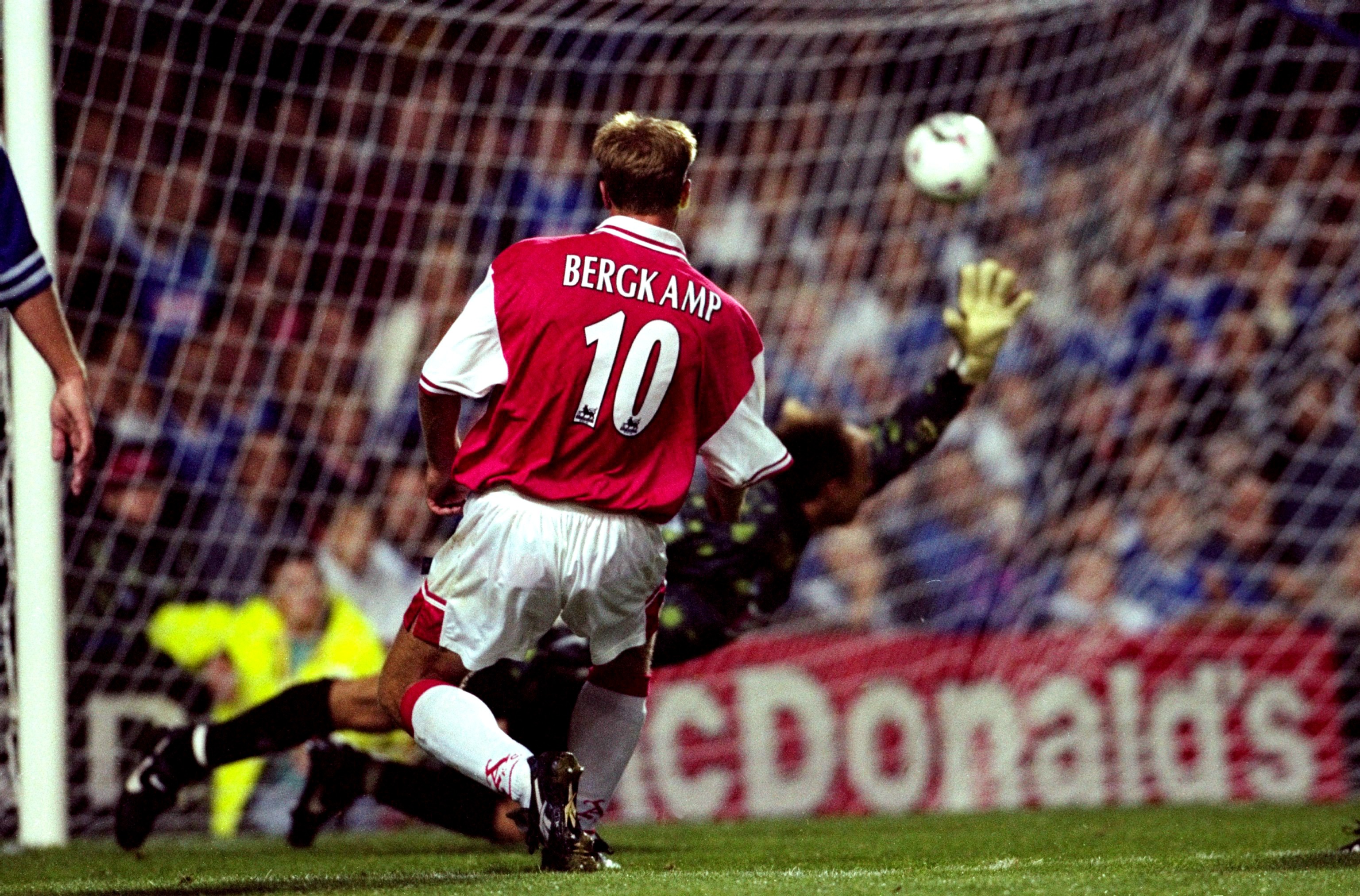
Dennis Bergkamp scored a memorable hat-trick in a 3-3 draw in August 1997
“My favourite game was that Arsenal 3-3 in 1997 – I actually got punched in that game by a Leicester City fan because I stood up and clapped when Dennis Bergkamp scored that goal against Matty Elliott.
“I am a football fan, first and foremost, and when he scored that goal, I was like, ‘Yep that’s the best goal I’ve ever seen live.’ Muzzy equalised and he came up and stayed true to his word and clipped me across the face then dad hit him with an umbrella.
“I never found him – hopefully we can find him and I can shake his hand.”
Leicester’s success in the 1990s under O’Neill prompted the need for stadium expansion and improvement.
But with two of the stands backing on to housing, the decision was made to build a new stadium and the club moved to what was then called the Walkers Stadium in 2002.
It meant the final game at Filbert Street was a 2-1 win for Leicester over Spurs.
Although Micky Adams’ side were already relegated, a huge crowd turned out to wave farewell to the much-loved stadium.
‘ABSOLUTELY UNBELIEVABLE’
And Piper’s fantastic diving header for his beloved boyhood club ensured his name would be etched into Leicester’s folklore forever – and the Foxes finished the Premier League season with more wins (five) than managers (four).
‘Pipes’ – who now does local radio covering Leicester and has his own academy after his playing career was cut short by 14 knee surgeries – is still pinching himself over that moment 21 years ago.
He said: “Scoring the last goal at Filbert Street is what dreams are made of.
“Sitting in there as a six-year-old, if you had told me that 14 years later I’d be scoring the last ever goal at that iconic ground… that was my most special memory from my football career.
“Absolutely unbelievable. The day was a blur but as I get older and my career ended as it did, that goal becomes more and more special.”
Like Piper, many Leicester fans remain disappointed by the lack of investment or development on the Filbert Street site and long to see the area rejuvenated.
But despite its horror state these days, there are still a few nods to the club’s former home through the club mascot Filbert Fox, the King Power Stadium being on Filbert Way and the road running past the uni flats called Lineker Road after the city and club’s most famous son.
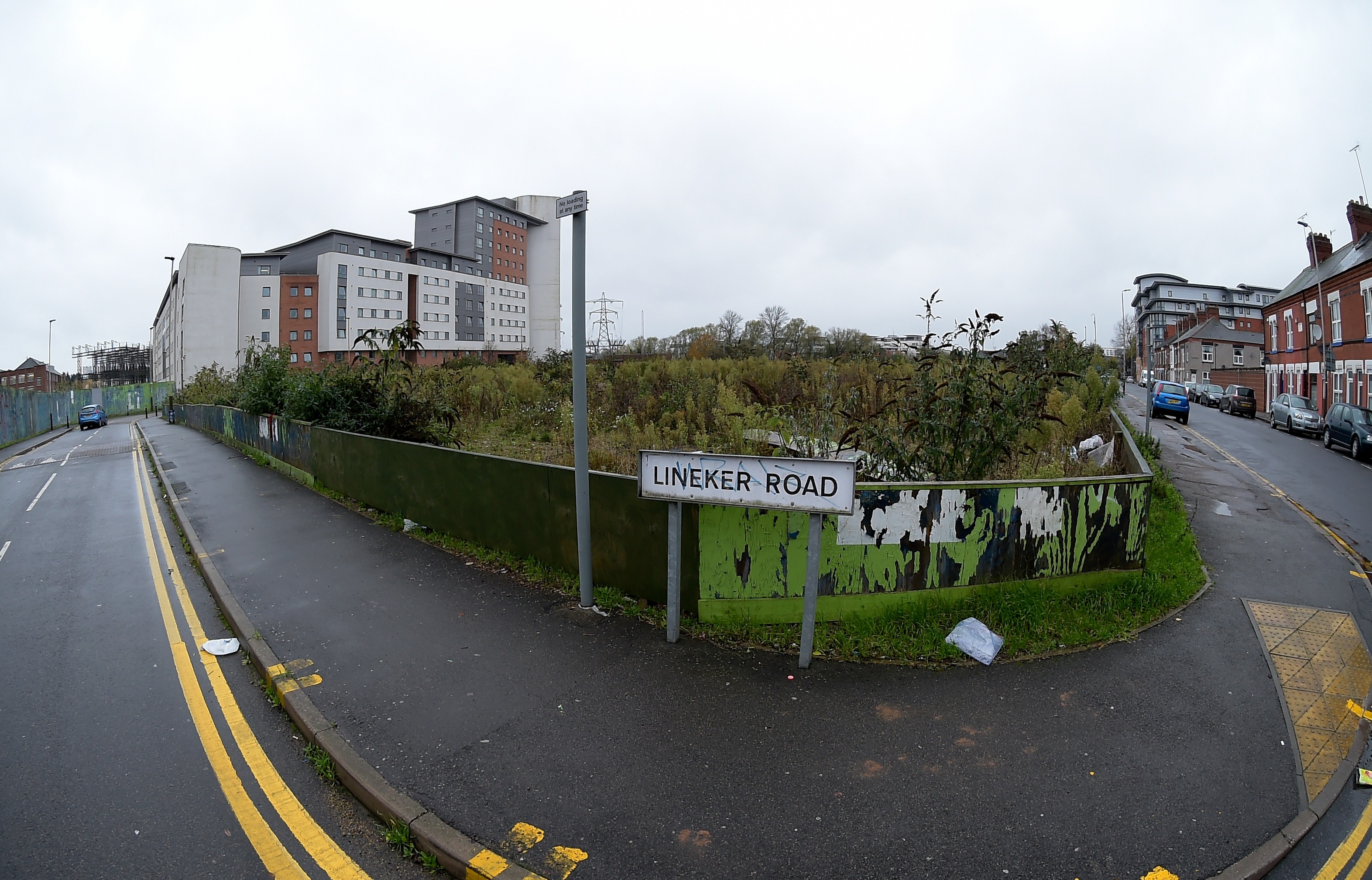 The road running through the site is Lineker Road after Leicester legend Gary
The road running through the site is Lineker Road after Leicester legend Gary
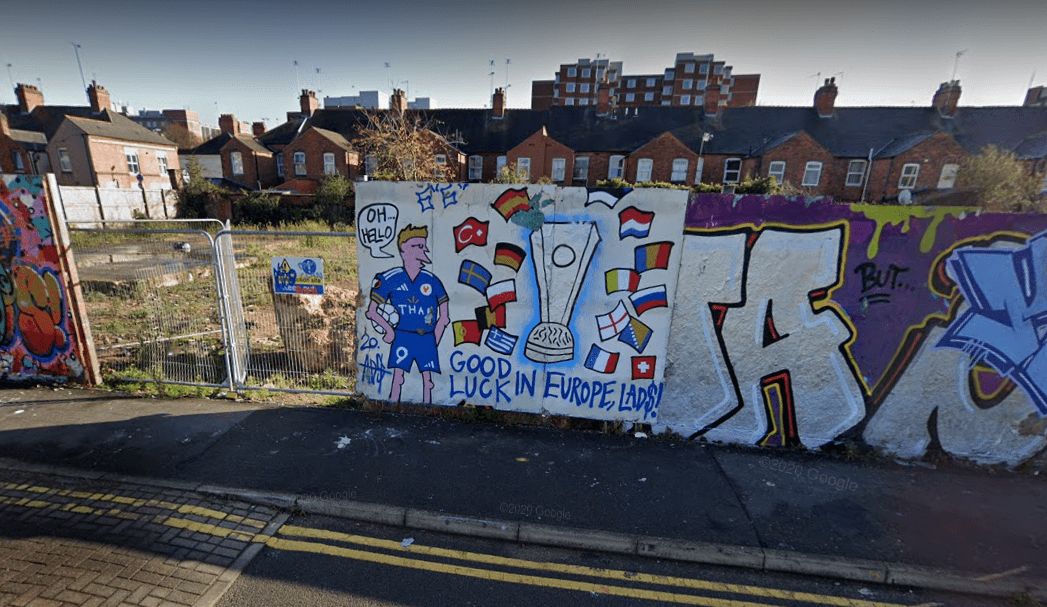
There is graffiti by the old derelict field – including one cheering Leicester on in Europe
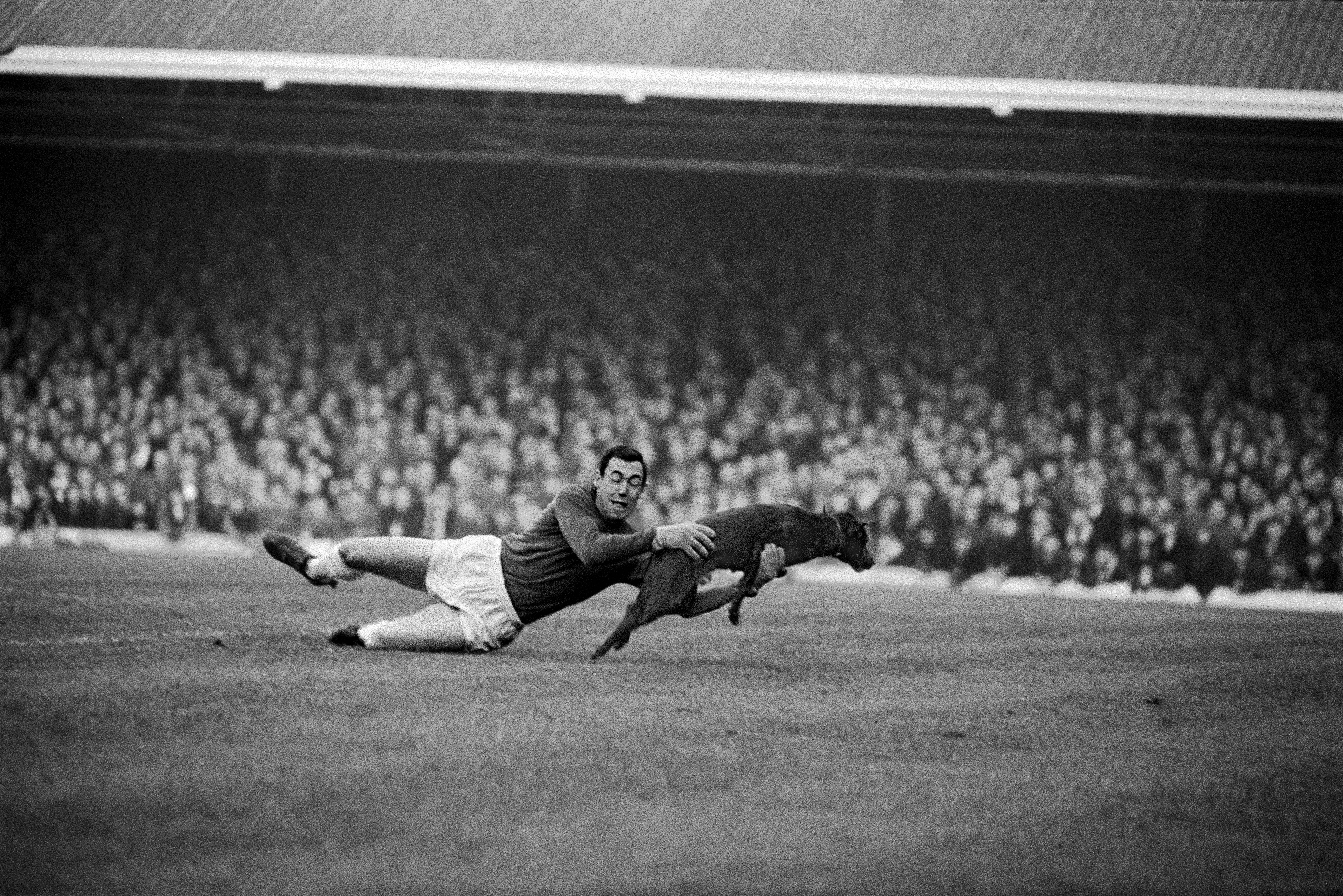
Gordon Banks started out at Leicester and made this flying save in 1965
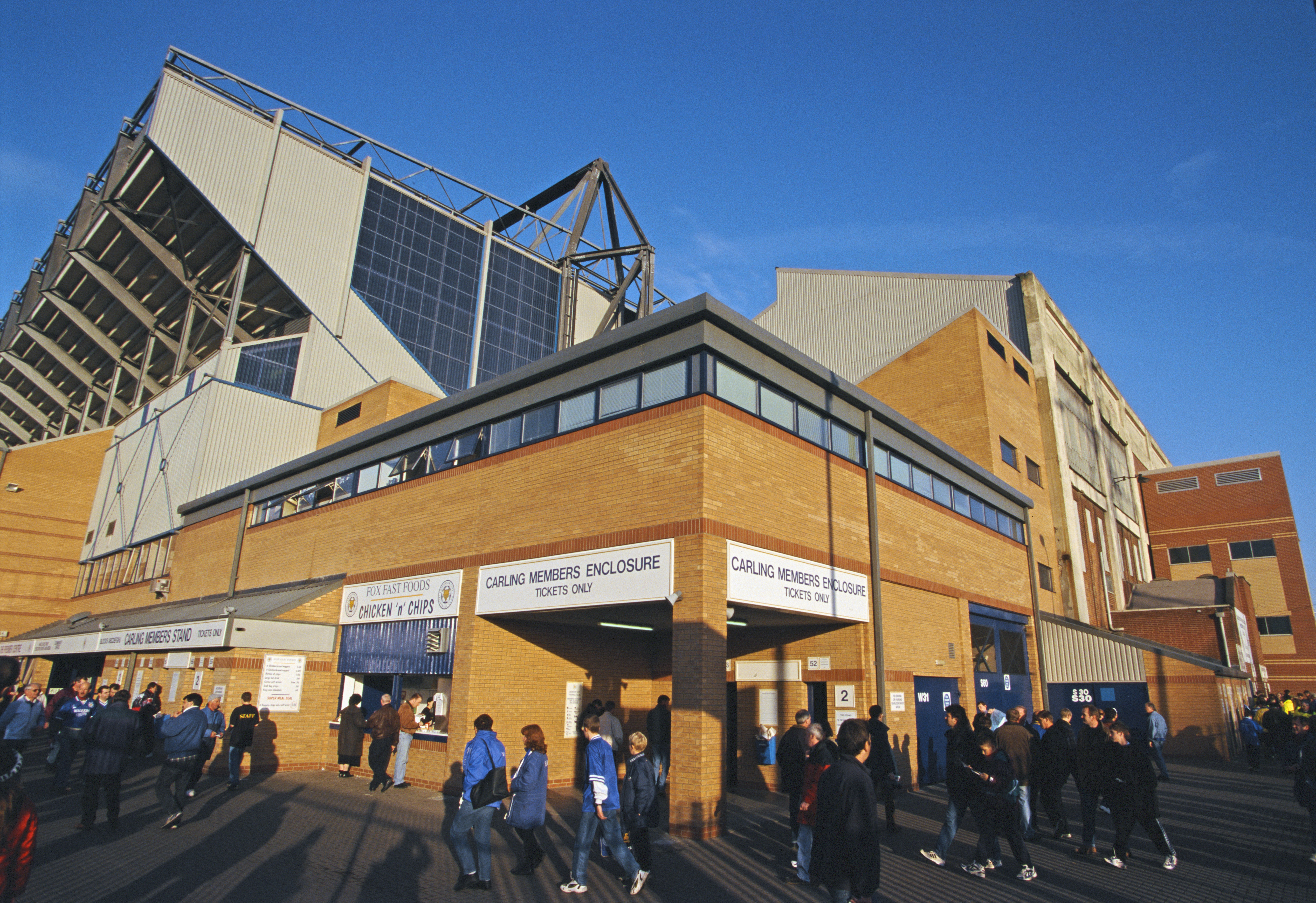
The club needed a bigger stadium and moved to the King Power

